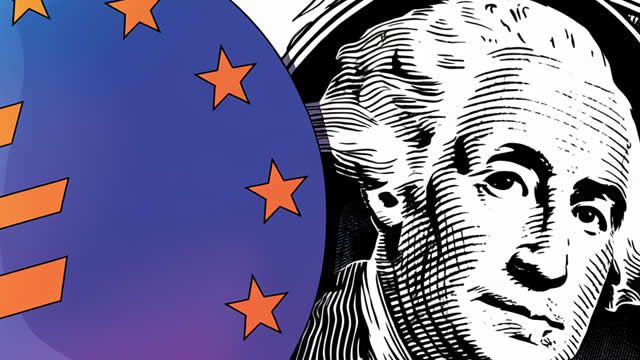Fixed charge coverage ratio – definition and application
Key Takeaways
The Fixed-Charge Coverage Ratio (FCCR) assesses a company’s ability to handle fixed financial obligations, such as rent, utilities, debt repayment, and lease payments. A higher FCCR indicates a company’s capability to comfortably cover these fixed expenses, reducing financial strain and risk. Lenders often consider the FCCR…
Understanding Fixed-Charge Coverage Ratio
The Fixed-Charge Coverage Ratio (FCCR) is a financial metric used by lenders and investors to evaluate a company’s ability to meet its fixed financial obligations. These fixed expenses include rent, utilities, debt repayment, lease payments, and other similar obligations that must be paid regularly regardless of the company’s revenue fluctuations.
To calculate the FCCR, you divide a company’s earnings before interest, taxes, depreciation, and amortization (EBITDA) by the sum of its fixed charges, including interest expenses, lease payments, and other fixed obligations. The resulting ratio provides a measure of how well a company can cover its fixed costs with its operating income.
Application of Fixed-Charge Coverage Ratio
Lenders and investors use the FCCR to assess a company’s financial health and its ability to service its debt and fixed expenses. A higher FCCR indicates that a company has enough earnings to cover its fixed charges comfortably. This is a positive sign for investors and lenders, as it suggests that the company is at lower risk of defaulting on its financial obligations.
On the other hand, a low FCCR may indicate that a company is struggling to meet its fixed expenses, which could raise concerns about its financial stability. Lenders may be hesitant to extend credit to a company with a low FCCR, as it suggests a higher risk of default.
How the Fixed-Charge Coverage Ratio Affects Individuals
As an individual, the Fixed-Charge Coverage Ratio may not have a direct impact on you unless you are a stakeholder in a company that is being evaluated based on this metric. However, as a consumer or investor, understanding the FCCR can help you make more informed decisions about where to invest your money or which companies to do business with.
How the Fixed-Charge Coverage Ratio Affects the World
On a larger scale, the Fixed-Charge Coverage Ratio plays a significant role in the financial markets and the global economy. Companies with strong FCCR are more likely to attract investors and lenders, leading to increased investment and economic growth. Conversely, companies with weak FCCR may struggle to secure financing, which can lead to financial instability and economic downturns.
Conclusion
In conclusion, the Fixed-Charge Coverage Ratio is a critical financial metric that provides insight into a company’s ability to meet its fixed financial obligations. By understanding and monitoring the FCCR, investors, lenders, and stakeholders can make more informed decisions and assess the financial health of a company. Ultimately, a higher FCCR indicates a stronger financial position and lower risk, while a lower FCCR may raise red flags about a company’s financial stability.





